Title : Solar heterogeneous photocatalysis and photochemistry for urban wastewater regeneration and reuse
Isabel Oller Alberola, Plataforma Solar de Almería, Spain
Water scarcity, inadequate sanitation and the socioeconomic gap between urban and rural areas represent significant barriers to sustainable development and promote disparities regarding access to resources, opportunities and basic services. Addressing the world water crisis, conv [....] » Read More

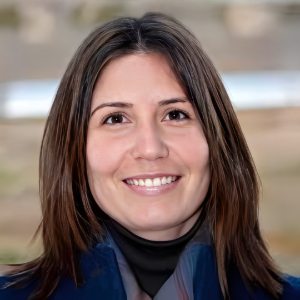
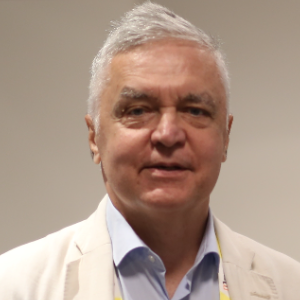

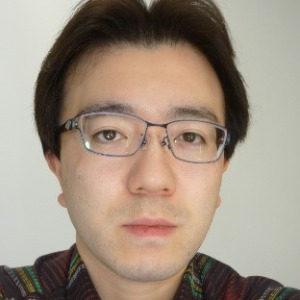
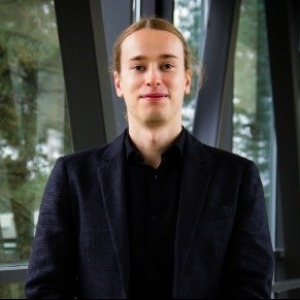
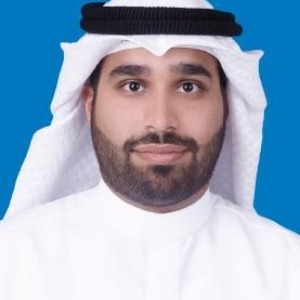
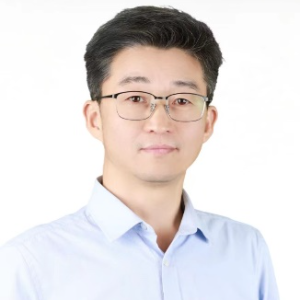
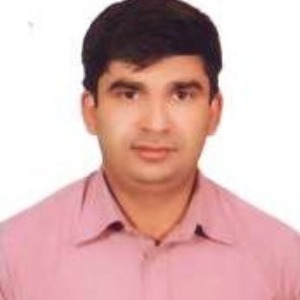
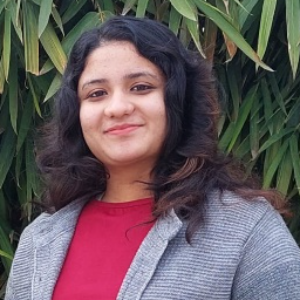
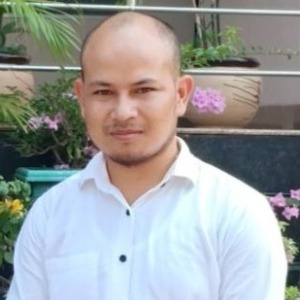
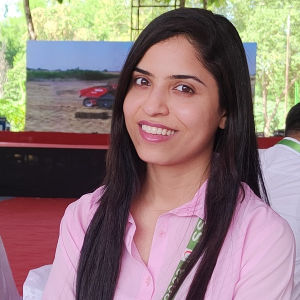
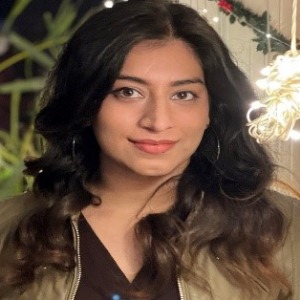
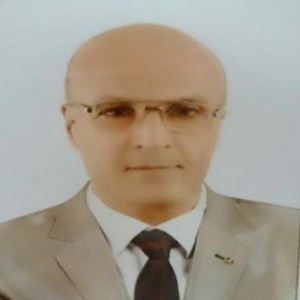
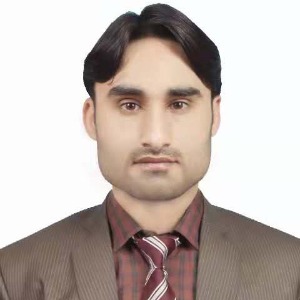





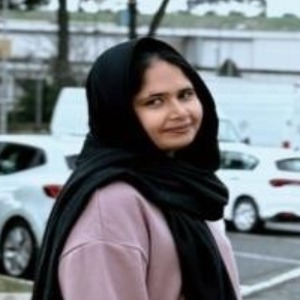
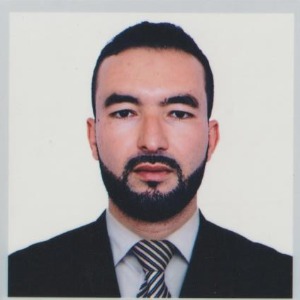

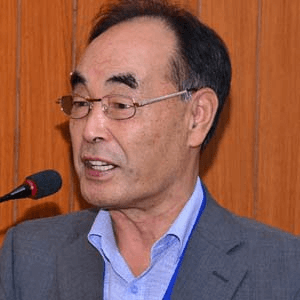
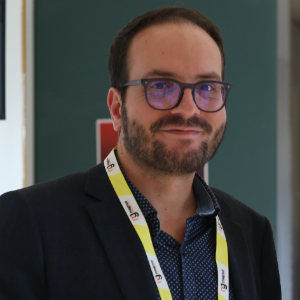
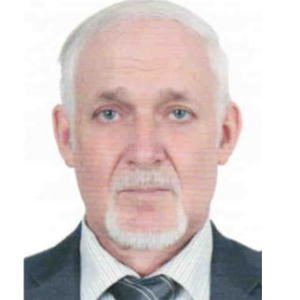
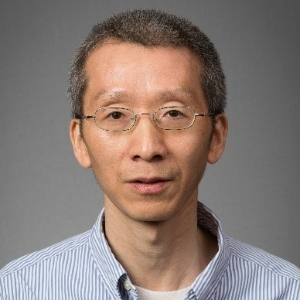
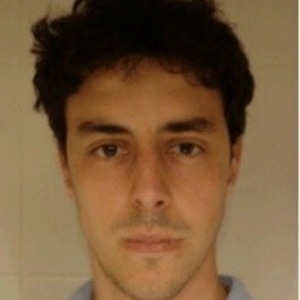
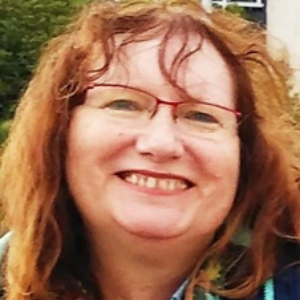
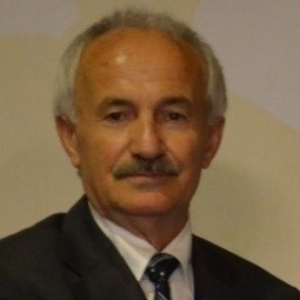
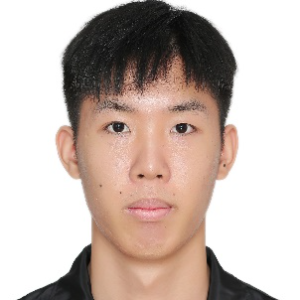
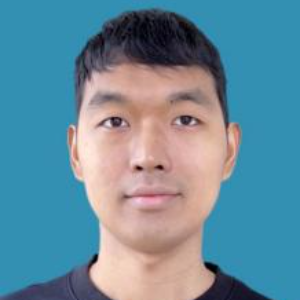
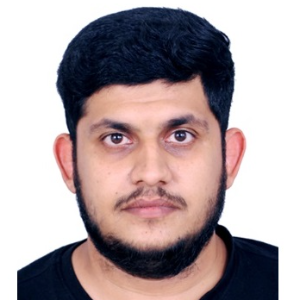

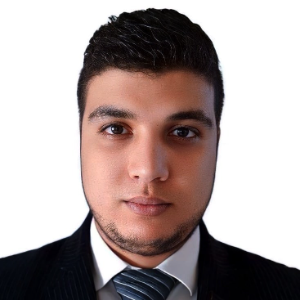
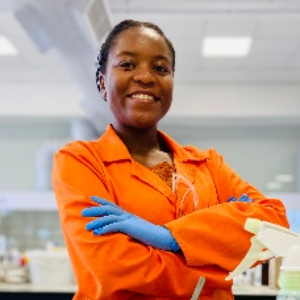
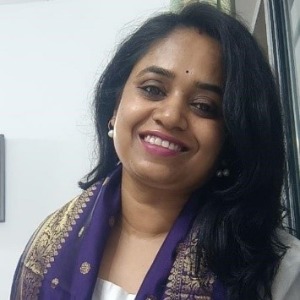
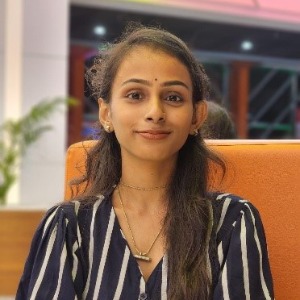
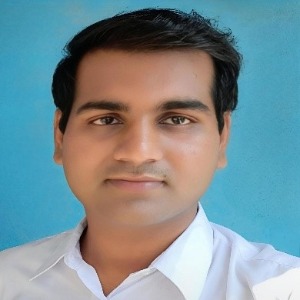
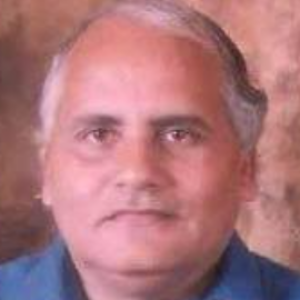
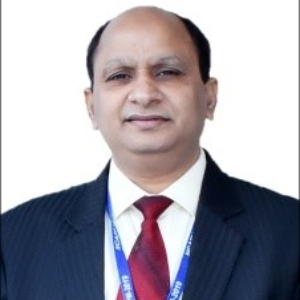
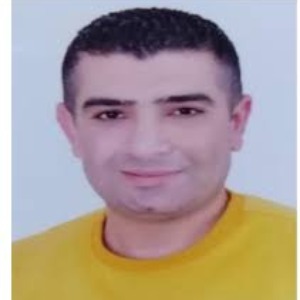
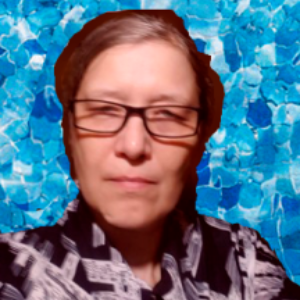

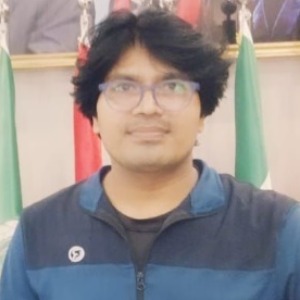



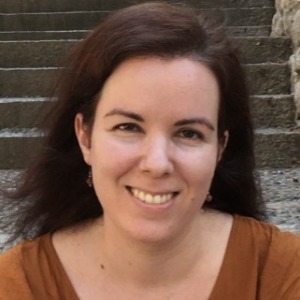
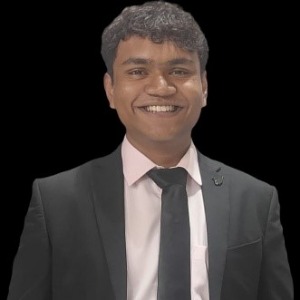
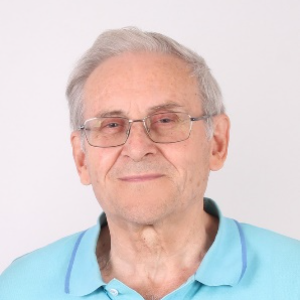
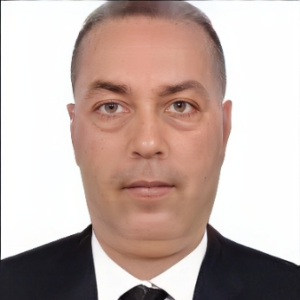
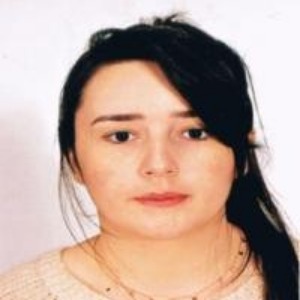
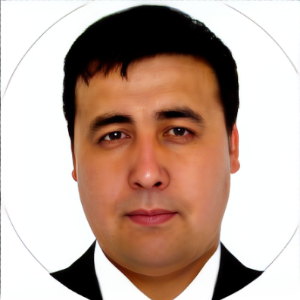
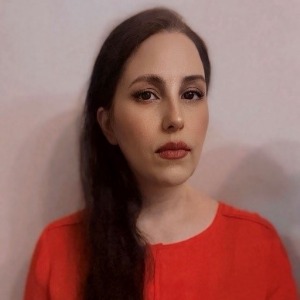


Title : 30,000 nano implants in humans with no infections, no loosening, and no failures
Thomas J Webster, Interstellar Therapeutics, United States
Implant infection is rising with the U.S. Centers for Disease Control predicting one person every three seconds will die from a bacteria infection by 2050. Nanomedicine is the use of nanomaterials to improve disease prevention, detection, and treatment which has resulted in hundr [....] » Read More
Title : Main Variables on the Design of a Fixed Bed Reactor
Rafael L Espinoza, RE Consulting, United States
The objective of this presentation is to identify most of the main variables for the design of an optimal Fixed Bed (FB) reactor. Hopefully, this will enhance the effectiveness of our work, on the development/selection of a catalyst and on the design and range of operating [....] » Read More
Title : Simultaneous removal of COS and H2S within blast furnace gas by using iron oxides
Dong Nam Shin, Research Institute of Science and Technology, Korea, Republic of
The work has been investigated to get the information on the effect of CO2, CO, H2O and O2, which are the main components of blast furnace gas (BFG), on the removal of sulfur species such as COS and H2S, existed as impurities, by using porous iron oxides having more than 250 m2/g [....] » Read More
Title : Bimetallic catalysts for the hydrogenation of amides: From experimental to data driven insights
Jorge A Delgado, Syensqo, China
This work evaluates the impact of various parameters on bimetallic catalysts in the hydrogenation of amides to amines, using systematic experimental and data-driven methods. Bimetallic catalysts were synthesized via a sequential wet impregnation approach and tested on the hydroge [....] » Read More
Title : Generation, migration accumulation characteristics and enrichment mechanisms of helium rich gas reservoirs in China
Li Jian, Research Institute of Petroleum Exploration and Development, China
This study systematically investigates the spatial distribution, genetic mechanisms, and enrichment patterns of helium-rich gas reservoirs in China through reservoir characterization and geochemical analysis. Spatially, helium-bearing strata display an east-to-west age progressio [....] » Read More
Title : Helium accumulation regulations and prediction of favorable areas in the Qaidam Basin
Xu Zhusong, Research Institute of Petroleum Exploration and Development, China
Helium is an important strategic scarce resource, and several helium-rich gas reservoirs have been discovered in the Qaidam Basin. However, the research on the main controlling factors of helium enrichment and the regulation of helium accumulation are still relatively weak, and t [....] » Read More
Title : Application of solid waste materials for adsorptive removal of toxic phenol from wastewater to protect environment and also to generate circular economy
Ashanendu Mandal, University of Calcutta, India
This research aims for adsorptive removal of phenol from wastewater by solid waste materials viz. guava tree bark, rice husk, neem leaves, activated carbon from coconut coir, rice husk ash, red mud, clarified sludge from basic oxygen furnace and activated alumina. The characteriz [....] » Read More
Title : FTIR and Raman spectral analysis on kerosene and crude oil auldetration in gaselione, adverse effectcts on nature during production and trasportation
S R Varadhan, Independent Researcher, India
Crude oil is called as rock oil is gifted by the earth. But in return the same factor is adversely affecting her own rich and useful environment. In this connection, the oil spill in the sea and oceans has caused a great environmental impact on the entire marine eco-syst [....] » Read More
Title : Catalytic esterification for the efficient synthesis of phosphinic dipeptides and their acetylated glucose derivatives
Moaz M Abdou, Egyptian Petroleum Research Institute, Egypt
The successful synthesis of novel phosphinic dipeptides and their acetylated glucose derivatives via an efficient esterification process is reported. Reaction of phosphinic dipeptides with 1,2,3,4-tetra-O-acetyl-β-D-glucopyranose (TGA) afforded carbohydrate-based phosphinic [....] » Read More
Title : 14 (4 prolinamidophenyl) 14H dibenzo[a,j]xanthene as novel organocatalyst for asymmetric aldol reactions in green conditions
Benrzeil Hajar, Faculty of Science Moulay Ismail, Meknes, Morocco
A novel L-prolinamide-xanthene derivative was synthesized from L-proline, 2-naphthol, and 4-nitrobenzaldehyde, and subsequently evaluated as an organocatalyst in asymmetric aldol reactions. The resulting compound, 14-(4-prolinamidophenyl)-14H-dibenzo[a,j]xanthene, exhibited excel [....] » Read More
Title : Biosorption: A sustainable and practical effective technique for heavy metal reduction
Fatemehsadat Mirmohammadmakki, Shahid Beheshti University of Medical Sciences, Iran (Islamic Republic of)
Heavy metal pollution from industrial actions, mining, and agriculture poses a severe challenge to environmental health and safety. Toxic elements such as lead, cadmium, nickel, chromium, and mercury accumulate in ecosystems, posing long-term risks to biodiversity and human healt [....] » Read More
Title : Metal decorated 2D MXene based catalyst for efficient deep oxidative desulfurization
Azam Akbari, Tarbiat Modares University, Iran (Islamic Republic of)
The removal of sulfur-containing compounds from fuels is crucial for reducing environmental pollution and meeting stringent regulations for fossil fuels quality. Oxidative desulfurization (ODS) has emerged as a promising alternative to conventional hydrodesulfurization (HDS) due [....] » Read More
Title : Biofuel synthesis from biomass derived platform molecules over inorganic perovskite catalysts
Ndzondelelo Bingwa, University of Johannesburg, South Africa
Successfully advocating for the adoption of green and sustainable fuels requires innovative approaches in the design of highly active heterogeneous catalysts. One of the key challenges in biofuel synthesis is the poorly understood mechanistic pathways, which often result in the l [....] » Read More
Title : Functionalization, modification and development of some polymeric membranes producing an advanced variety membranes with selective and distinct specifications can be applicable in desalination
Hossam Ahmed Tieama, Abu Qir Fertilizers and chemical industries Co.Alexandria, Egypt
Approximately 97% of all water on Earth is saline water, found primarily in oceans and seas. The remaining 3% is freshwater. Of this freshwater, a significant portion is locked up in glaciers, ice caps, and underground, leaving a much smaller percentage readil [....] » Read More
Title : Development of industrial scale turquoise hydrogen production system via methane pyrolysis using metal beads
Gayatri Udaysinh Ingale, University of Science and Technology, Korea, Republic of
Hydrogen is emerging as a breakthrough of the clean energy transition, with its environmental impact strongly governed by the production route. Among the various hydrogen production pathways, turquoise hydrogen, derived from CH4 pyrolysis, stands out as a promising option by prod [....] » Read More
Title : Computational prediction of an important protein’s structure
Angyang Yu, Central China Normal University, China
ß-lactam enzyme antibiotic is one of the most effective chemotherapy medicine in treating bacteria infection. Inhibitor of metal 2-lactam enzyme is an important topic in clinical medical science during the historic development of antibiotics in the past sixty years since th [....] » Read More
Title : Coal fly ash derived new generation versatile nano zeolites
Seyed Mostafa Hosseini Asl, IRI Science and Technology Supporters Foundation, Iran (Islamic Republic of)
Coal fly ash (CFA) is used as a cheap source of aluminosilicate to produce various types of applied zeolites in adsorption process, catalytic decontamination/ degradation, catalytic reactions, etc. The conversion of CFA to the highly efficient zeolitic adsorbents/catalysts reduce [....] » Read More
Title : Synthesis and evaluation of styrene based polymeric resin for glycerol acetalization: Effect of crosslinkers on swelling and catalytic performance
William Mendes Godoy, University of Sao Paulo, Brazil
This study presents the synthesis and evaluation of a styrene-based polymeric resin crosslinked with 2% TMPTA, compared to the commercial resin Amberlyst 15, which contains 20% of DVB as a crosslinker. The resins were assessed for their catalytic performance in the glycerol aceta [....] » Read More
Title : Sustainable advancements in polyurethane monomer synthesis: Green pathways from CO2 to isocyanates
Jin Hee Lee, Korea Research Institute of Chemical Technology, Korea, Republic of
The increasing demand for eco-friendly materials has driven the development of a sustainable process for synthesizing polyurethane monomers directly from CO2, addressing both environmental and industrial challenges. This process incorporates CO2 to avoid the use of toxic phosgene [....] » Read More
Title : Microwave enhanced CO2 reforming with C2 gas mixture
Young Woo You, Korea Research Institute of Chemical Technology, Korea, Republic of
CO2 reforming is a promising technology that not only converts CO2 but also produces industrially valuable syngas within the framework of a carbon circular economy. However, current CO2 reforming primarily relies on CH4 as a reducing agent, leading to additional fossil fuel consu [....] » Read More